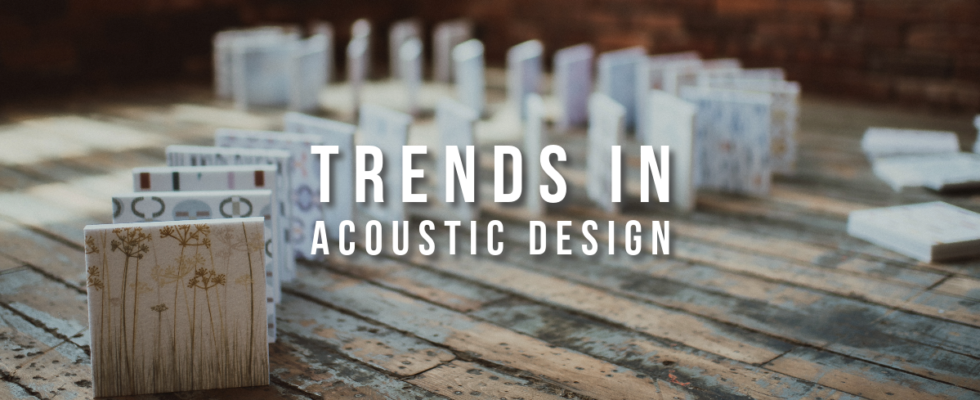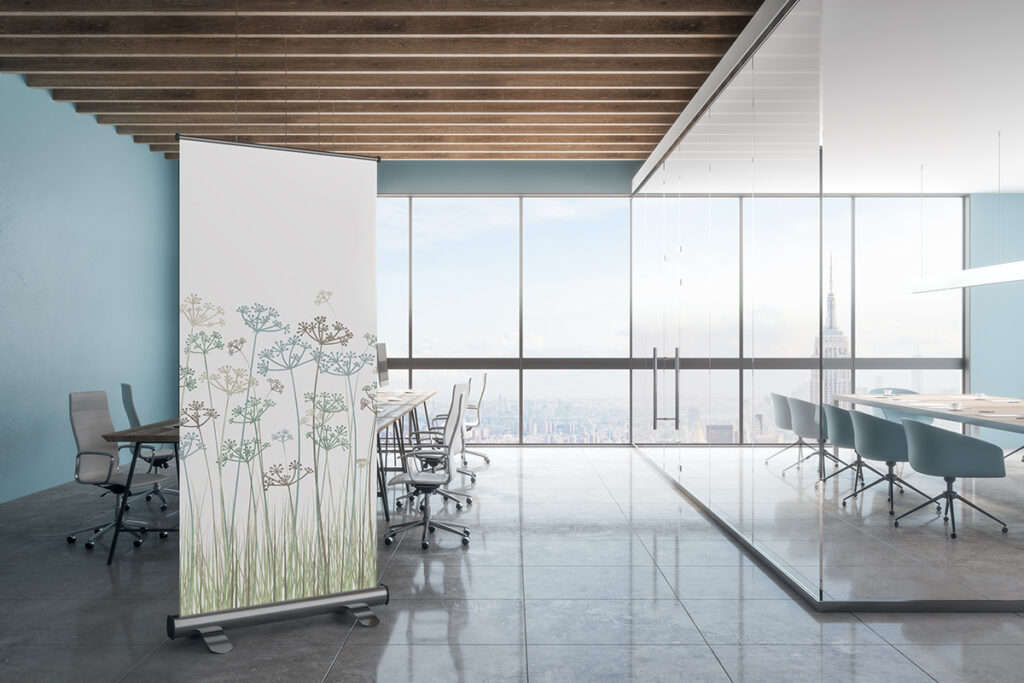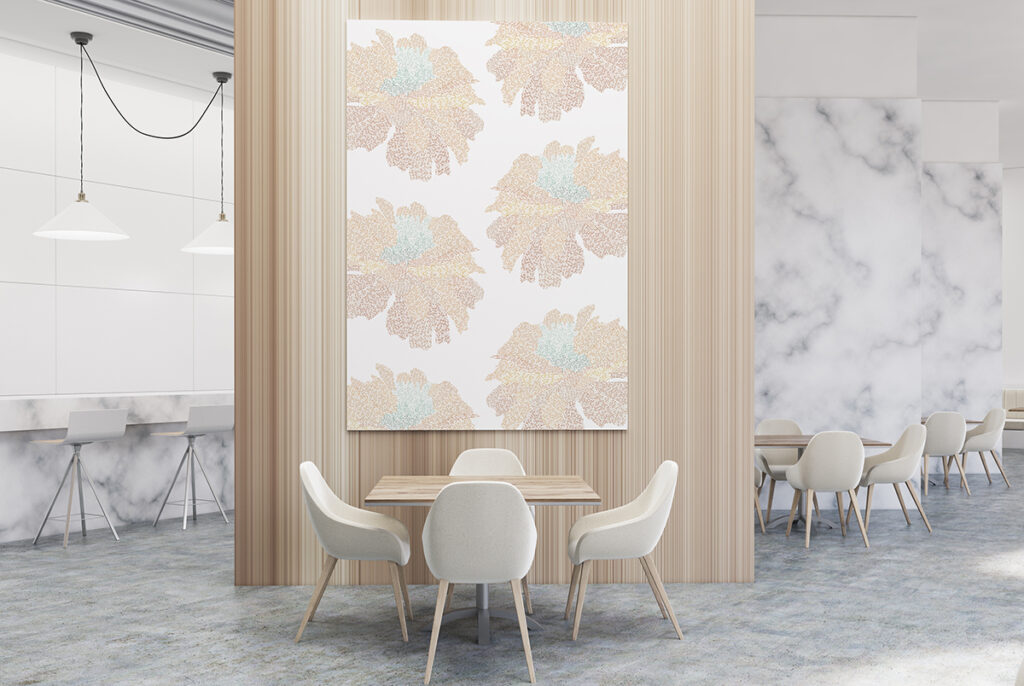
Acoustic Design Trends in Commercial Interiors
A variety of sounds surrounds us in our everyday environments. We experience sound at home, running errands, in healthcare settings, at work, and more. Though it might not be the first thing that comes to mind, the importance of acoustic design in your interior design process is imperative. Noisy environments or poor sound quality can drastically affect our focus, productivity, health, well-being, and limit speech privacy.
Unfortunately, many current design trends work against good acoustics, such as high ceilings, loft spaces, open floorplans, and hard surfaces. Yet, a thoughtfully designed space that considers acoustics can help improve one’s experience in these spaces. Historically, though, products designed to enhance acoustics were regarded as low priority and not designed to be visually appealing. Thankfully, today’s interior designers have many more options available to improve the acoustics in a commercial space without sacrificing the visual aesthetic.
These five current trends in acoustic design are both functional and attractive.
Mobile Walls and Dividers
Mobile walls and dividers are a great way to partition off space in an office or community environment for a private workspace or meeting. Choosing a wall designed with acoustic panels or softer material, such as those used in FabriTRAK Systems, assists in absorbing sound, ultimately increasing speech privacy, productivity, and focus. Plus, with the ability to move around, a mobile wall can create private spaces without compromising an open design concept.
Acoustic Panels Turned Wall Art
Acoustic panels are a common way to absorb sound and improve acoustics in many commercial spaces. However, some companies have begun to take these panels a step further by disguising them as art. Rather than having a blank panel hanging on the wall, printing a design on these surfaces adds to the visual aesthetic of the space as well as improves sound quality.
Pods
Like mobile walls, pods provide a private space for folks to gather or be alone. Many pods come complete with seating and tables, making them an all-in-one workspace while also improving the overall sound quality of the larger space. Some pods are movable, while others are permanently placed depending on the overall vision of the area.
Furniture
Introducing upholstered furniture is a simple and sometimes easily forgotten way to improve acoustics. Many companies specifically design their products to improve acoustics by using soft goods to help absorb sound waves.
Lighting
Although often not the first thing that comes to mind, some designers have taken acoustic design a step further by using light fixtures to help improve sound quality. Certain fixtures with soft materials and circular shapes improve sound quality while adding warm light for an overall pleasing visual appeal.
Designing with acoustics in mind is easier than ever.
Today, many products are available to enhance the sound in a space without compromising the visual aesthetic. Design Pool works with businesses such as Fabric Images and FabriTRAK Systems, that offer products specifically for acoustic needs. And, of course, those products look even better with a Design Pool pattern, such as one in Radio Waves, a group of patterns designed with acoustics in mind and winner of a #MetropolisLikes at NeoCon 2021.
Share this post
Author
DESIGN/COLOR TRENDS AND AWESOME INFORMATION IN YOUR INBOX
Sign up for our monthly trend letter






